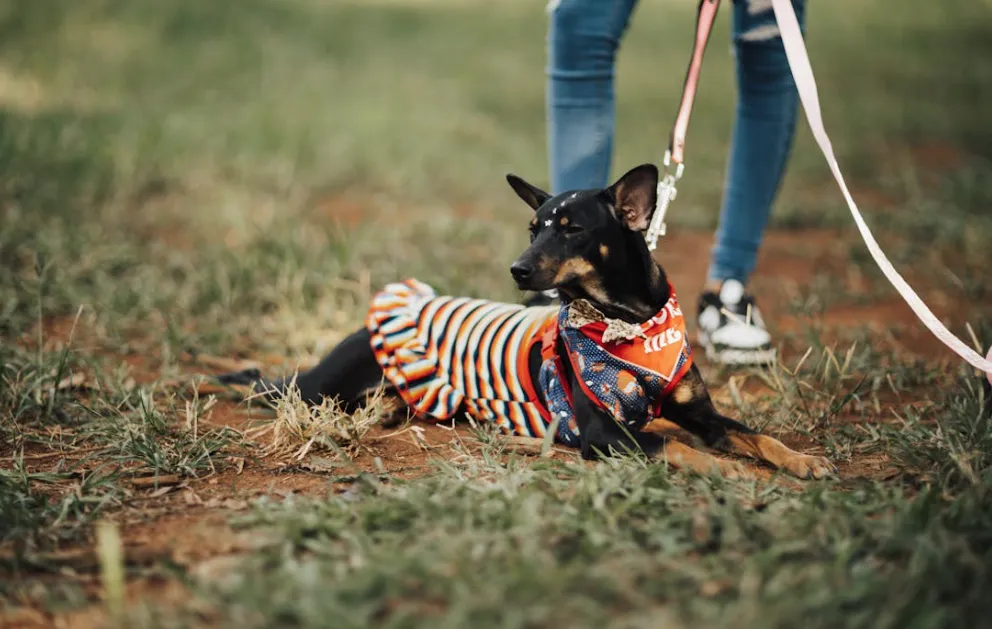Pet clothing is a type of clothing designed specifically for pets, used for warmth, decoration, or special occasions. With the continuous development of the pet market, the styles, materials, and functionality of pet clothing are becoming increasingly diverse. Third party inspection is an important step in ensuring the quality of pet clothing and meeting consumer needs.

Quality points for third-party inspection of pet clothing
1. Material quality: Check whether the fabric, fillers, accessories, etc. comply with relevant national standards and are safe and non-toxic.
2. Process quality: Check whether the sewing process is fine, whether the thread ends are handled properly, and whether there are any loose threads, skipped stitches, and other phenomena.
3. Dimensional accuracy: Compare the dimensions of the sample with the actual product to see if they are consistent and meet the design requirements.
4. Functional testing: such as insulation, breathability, waterproofing, etc., to ensure that the product meets the functional standards.
5. Safety assessment: Check for safety hazards such as sharp objects and flammable materials
Preparation before third-party inspection of pet clothing
1. Understand order details, including product style, quantity, delivery time, etc.
2. Prepare inspection tools such as tape measure, caliper, color card, light source box, etc.
3. Study inspection standards: Familiar with product inspection standards, quality requirements, and testing methods.
4. Develop an inspection plan: Reasonably arrange the inspection time and personnel based on the order situation.
Third party inspection process for pet clothing
1. Sampling: Based on the quantity of orders, samples are selected in a certain proportion for inspection.
2. Appearance inspection: Conduct an overall observation of the sample to check for obvious defects, stains, etc.
3. Size measurement: Use measuring tools to measure the size of the sample to ensure accuracy.
4. Process inspection: Carefully inspect the sewing process, thread treatment, etc. to ensure the quality of the process.
5. Functional testing: Conduct functional testing based on product characteristics, such as warmth retention, breathability, etc.
6. Safety assessment: Conduct a safety assessment on the sample to ensure that there are no safety hazards.
7. Recording and feedback: Detailed recording of inspection results, timely feedback of non-conforming products and problem points to suppliers.

Common quality defects in third-party inspection of pet clothing
1. Fabric issues: such as color difference, shrinkage, pilling, etc.
2. Sewing problems: such as loose threads, skipped stitches, and untreated thread ends.
3. Size issue: If the size is too large or too small, it does not meet the design requirements.
4. Functional issues: such as insufficient warmth retention and poor breathability.
5. Safety issues: such as the presence of sharp objects, flammable materials, and other safety hazards.
Precautions for third-party inspection of pet clothing
1. Inspection personnel need to have professional knowledge and be familiar with the inspection standards and requirements for pet clothing.
During the inspection process, it is necessary to maintain objectivity and impartiality to ensure the accuracy of the inspection results.
3. Timely handling of non-conforming products and communication with purchasers and suppliers.
4. After the inspection is completed, the inspection report needs to be organized and archived for future reference.
5. For orders with special requirements, specific inspection procedures and standards need to be developed according to the requirements.
Post time: Jun-19-2024





